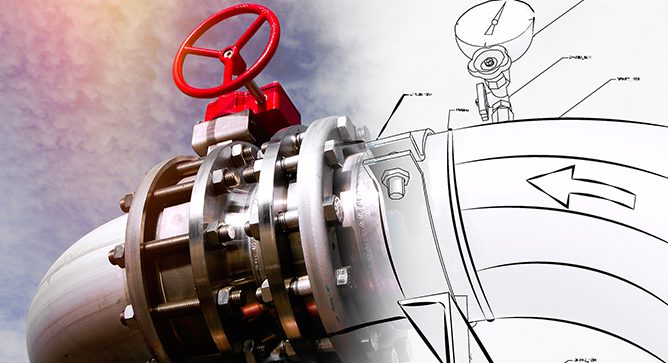News & Views, Volume 50 | Material Verification for Oil and Gas Clients
PIPELINE INTEGRITY SOLUTIONS
By: Scott Riccardella and Roger Royer
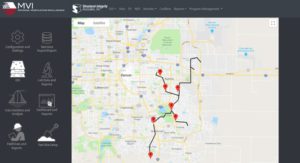 On October 1, 2019, the Pipeline and Hazardous Materials Safety Administration (PHMSA) published amendments to 49 CFR Parts 191 and 192 in the Federal Register, issuing Part 1 of the Gas Transmission Mega-Rule or “Mega-Rule 1”. In advance of Mega-Rule 1, SI developed field protocol and supported leading industry research institutes in validating in-situ Material Verification (MV) methodologies. SI has continued to provide MV consulting support to our clients in response to Mega-Rule 1, ranging from program development and implementation to in-situ field data collection and analysis.
On October 1, 2019, the Pipeline and Hazardous Materials Safety Administration (PHMSA) published amendments to 49 CFR Parts 191 and 192 in the Federal Register, issuing Part 1 of the Gas Transmission Mega-Rule or “Mega-Rule 1”. In advance of Mega-Rule 1, SI developed field protocol and supported leading industry research institutes in validating in-situ Material Verification (MV) methodologies. SI has continued to provide MV consulting support to our clients in response to Mega-Rule 1, ranging from program development and implementation to in-situ field data collection and analysis.
Various sections of Mega-Rule 1 require operators of natural gas transmission pipelines to ensure adequate Traceable, Verifiable, and Complete (TV&C) material records or implement a MV Program to confirm specific pipeline attributes including diameter, wall thickness, seam type, and grade. Operators are now required to define sampling programs and perform destructive (laboratory) or non-destructive testing to capture this information and take additional actions when inconsistent results are identified until a confidence level of 95% is achieved. Opportunistic sampling per population is required until completion of testing of one excavation per mile (rounded up to the nearest whole number).

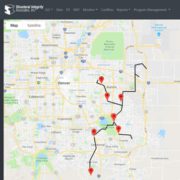
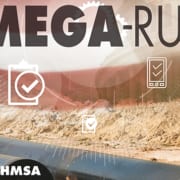
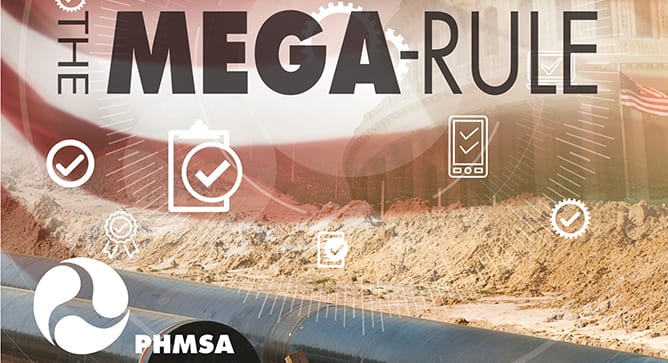 By: Scott Riccardella, Bruce Paskett, and Steven Biles
By: Scott Riccardella, Bruce Paskett, and Steven Biles
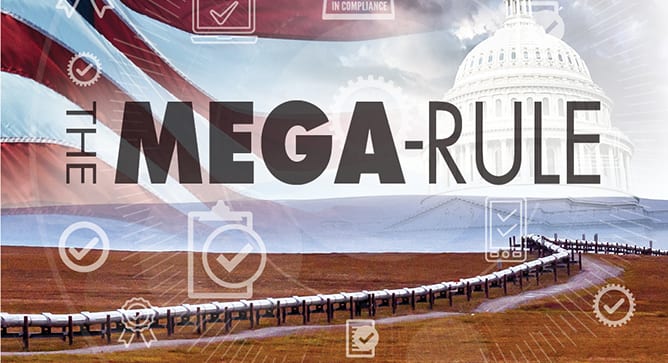
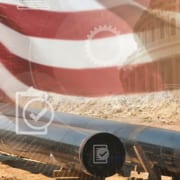
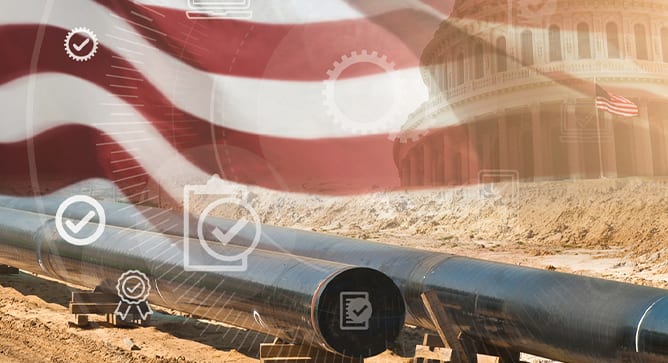 On October 1, 2019 the Pipeline and Hazardous Materials Safety Administration (PHMSA) published amendments to 49 CFR Parts 191 and 192 in the Federal Register issuing
On October 1, 2019 the Pipeline and Hazardous Materials Safety Administration (PHMSA) published amendments to 49 CFR Parts 191 and 192 in the Federal Register issuing 
